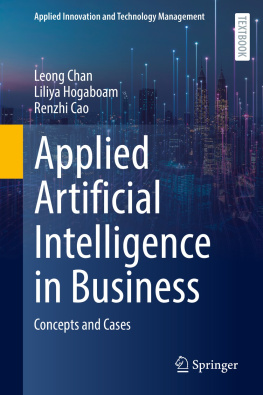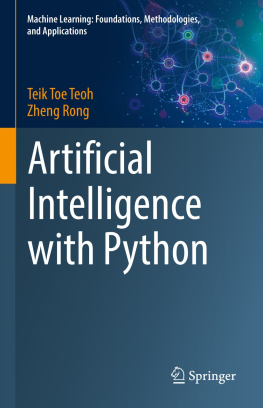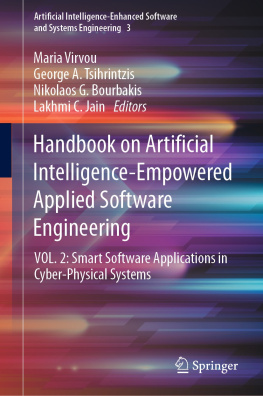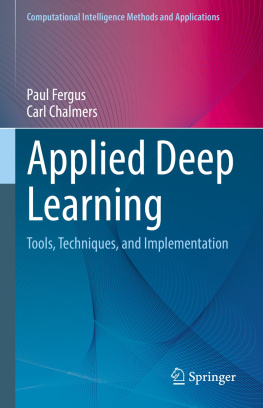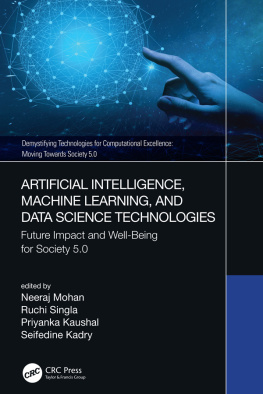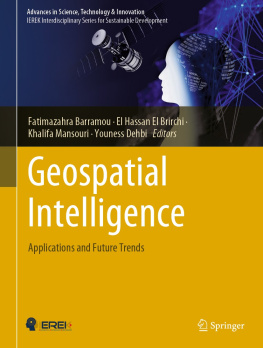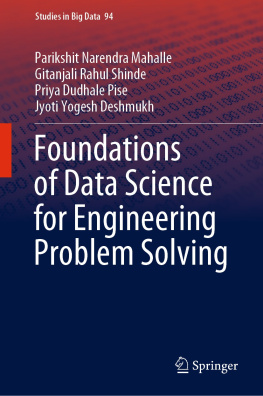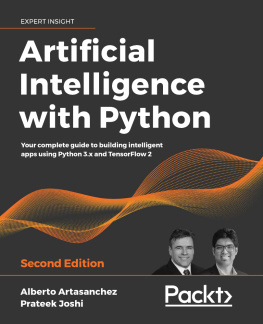Applied Innovation and Technology Management
Series Editors
Tugrul U. Daim
Dept of Engineering & Technology Mgmt, Portland State University, Portland, OR, USA
Marina Dabi
Faculty of Economics & Business, University of Zagreb, Zagreb, Croatia
Technology is not just limited to technology companies. Managing innovation and technology is no longer a luxury and needs to be understood by all sectors around the world and by both technical and non-technical managers. This book series explores existing and emerging technologies that address current challenges within innovation and technology managements. Each title is developed to provide a set of frameworks, tools and methods that can be adopted by researchers, managers and student in engineering, innovation and technology fields. Research, policy and practice-based books in the series cover topics such as roadmapping, portfolio management, technology forecasting, R&D management, health technologies, bio technologies, transportation management, smart cities, and open innovation, among many others
More information about this series at https://link.springer.com/bookseries/16548
Leong Chan
School of Business, Pacific Lutheran University, Tacoma, WA, USA
Liliya Hogaboam
Engineering and Technology, Portland State University, Portland, OR, USA
Renzhi Cao
Department of Computer Science, Pacific Lutheran University, Tacoma, WA, USA
ISSN 2662-9402 e-ISSN 2662-9410
Applied Innovation and Technology Management
ISBN 978-3-031-05739-7 e-ISBN 978-3-031-05740-3
https://doi.org/10.1007/978-3-031-05740-3
The Editor(s) (if applicable) and The Author(s), under exclusive license to Springer Nature Switzerland AG 2022
This work is subject to copyright. All rights are solely and exclusively licensed by the Publisher, whether the whole or part of the material is concerned, specifically the rights of translation, reprinting, reuse of illustrations, recitation, broadcasting, reproduction on microfilms or in any other physical way, and transmission or information storage and retrieval, electronic adaptation, computer software, or by similar or dissimilar methodology now known or hereafter developed.
The use of general descriptive names, registered names, trademarks, service marks, etc. in this publication does not imply, even in the absence of a specific statement, that such names are exempt from the relevant protective laws and regulations and therefore free for general use.
The publisher, the authors, and the editors are safe to assume that the advice and information in this book are believed to be true and accurate at the date of publication. Neither the publisher nor the authors or the editors give a warranty, expressed or implied, with respect to the material contained herein or for any errors or omissions that may have been made. The publisher remains neutral with regard to jurisdictional claims in published maps and institutional affiliations.
This Springer imprint is published by the registered company Springer Nature Switzerland AG
The registered company address is: Gewerbestrasse 11, 6330 Cham, Switzerland
Preface
When we think about the future of artificial intelligence and machine learning, movies such as The Terminator or iRobot usually come to mind, in which robots grow smarter than humans and begin to take over the world. AI technologies, which are embedded in various business software applications, can make its own judgments based on real-world scenarios, interpret human language, and see, hear, and react to other senses. AI and machine learning are considered as one of the most important applications companies can implement within their business to advance their products and build their technological edge. Whether a startup company or a long-standing firm, many corporations have already started to implement AI into the operations of their business. The ones that have implemented this emerging technology are already starting to see the results and achieve an increase in the speed or efficiency of their operations.
This book explores the concepts and cases of artificial intelligence applications in three interconnected parts. Part I consists of Chaps.. The chapters will explore AI tools in various industrial sectors.
Part I introduces the concepts and theories of artificial intelligence specifically for business applications. We are going to explore the relationship between big data and artificial intelligence, and focus on how they will be used in the business. We will also introduce the business intelligence concept, and different kinds of AI technologies, especially on how they are used in the business world. One of the most important subfields of AI is machine learning, and we are going to introduce basic ideas for most commonly used machine learning techniques so that readers without technical background can understand.
Part II focuses on how AI applications can improve business processes in the key business departments. The most popular area for AI in business is definitely marketing and sales. We will explore related concepts in two sections, Chap..
Part III explores AI applications in various industries. Industries such as energy, healthcare, manufacturing, education, finance, and many others are using artificial intelligence and machine learning nowadays.
Chapter introduces the impact of big data and AI in the insurance industry. It discusses development of insurance technology (insurtech), uses of AI for health and automotive insurance, and enabling technologies of AI (chatbots, NLP, robotic process automation, and others). AI applications in the insurance industry are presented in this chapter as well. We present four case studies: Allstate, Liberty Mutual, State Farm, and Progressive.
Implementations of AI and big data in credit and mortgage are explored in Chap. : AI for credit and mortgage. AI plays a big role in credit and mortgage in areas of fraud detection, risk assessment, loan performance prediction, and customer/borrower experience. Along with discussions of AI technology and application development in this industry, three case studiesUpstart, Affirm, and Monedoare covered in this chapter.
In Chap. , AI for transportation, describes three case studies of AI in Tesla Cars, Uber AI, and AI in WeRide. AI in transportation has been making headlines in autonomous vehicles, powered by neural networks and genetic algorithms.
Real estate has been utilizing AI in inventory management, new sales identification, placement and promotion of house listings, and customer management. Chapter , AI for real estate, discusses those AI application areas and AI-supported real estate platforms as well as explores case studies about Zillow, Redfin, and Compass Real Estate.
In Chap. , AI for education, we present the evolution of AI in education, as well as application of AI in learning platforms. Some highlights include adaptive learning technologies, learning personalization and case studies, Realizeit, Nuance, and Civitas.

